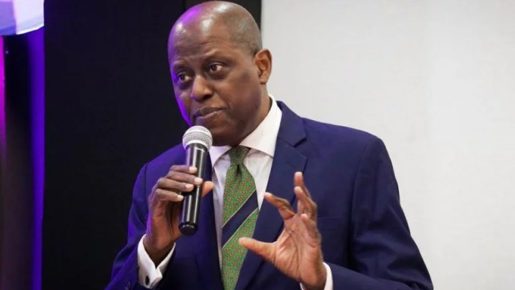Governor Yemi Cardoso of the Central Bank of Nigeria (CBN) recently acknowledged the undervaluation of the naira and pledged to work towards real price discovery in the foreign exchange market in 2024. In the past seven days, the CBN has implemented four significant policy measures aimed at stabilizing the foreign exchange (FX) market.
Despite these efforts, the exchange rate between the naira and the dollar witnessed a substantial depreciation, closing January at N1,455.59, reflecting a 37.6% decline in one month. The exchange rate stood at N907.1/$1 at the end of December 2023. The black market rate also depreciated from N1,215 to N1,470 to the dollar, representing a 17.3% decrease month-to-date.
The series of policy measures initiated by the CBN started with a circular on “Financial Markets Price Transparency” issued on January 29. While emphasizing “willing buyer and willing seller,” the circular aimed to achieve market transparency by urging banks to report transactions at the settlement price.
On the same day, FMDQ issued a Market Notice revising the FX market rate pricing methodology, aligning it with the CBN’s call for transparency. The changes allowed banks to sell FX at market rates, accurately reported by FMDQ.
On January 31, the CBN issued a circular on the “Harmonization of Reporting Requirements on Foreign Currency Exposure of Banks.” The directive instructed banks to reduce their long positions to 0% and short positions to 20% of SHF, aiming to bring immediate liquidity to the market.
Additionally, on the same day, another circular focused on International Money Transfer Organizations (IMTOs) was released, removing the allowable limit of exchange rate quoted by IMTOs. This change allows IMTOs to deal at the prevailing market rate based on the willing buyer and willing seller principle.
Diaspora remittances, estimated at around $25 billion yearly, faced challenges in 2023, with USD remaining offshore instead of flowing into Nigeria. The capped margins led to settlements offshore instead of bringing liquidity into Nigeria. The removal of the rate limit is expected to encourage IMTOs to inflow their USD.
While these policy changes are viewed as significant steps toward improving FX liquidity, experts emphasize the need for cautious optimism. The short-term fixes may address immediate challenges, but a long-term strategy to build trust in the naira and ensure stability is crucial for sustainable economic growth. The impact of these measures will be closely observed to determine their effectiveness in navigating Nigeria’s FX challenges.


